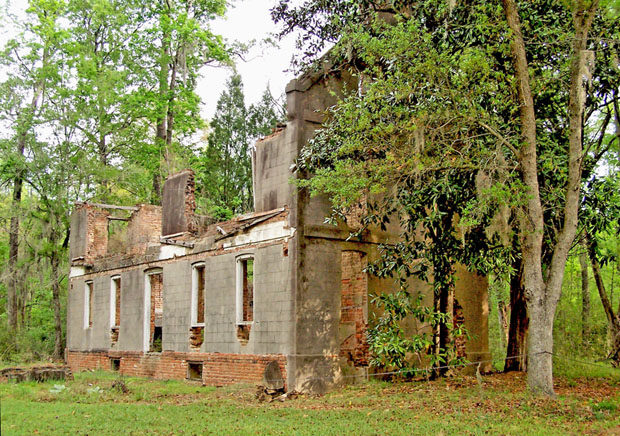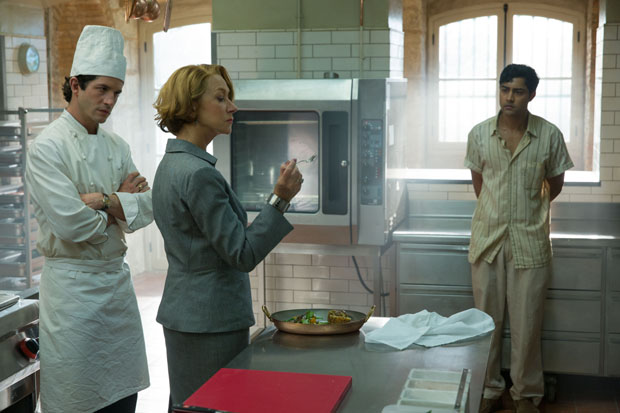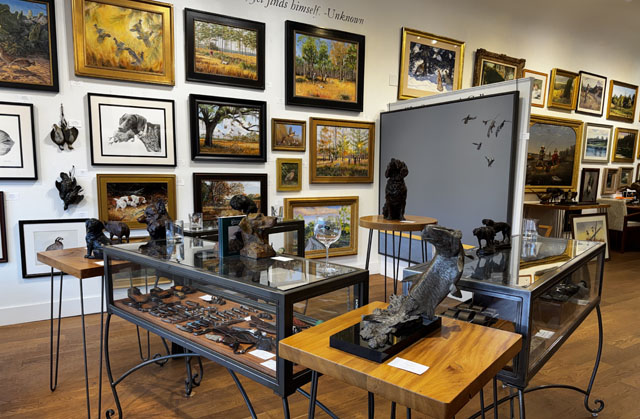A Legendary Love Affair
01 Jan 2012
Our first settlers were destined for matrimony and helped lay the foundation for Charleston’s title as a top wedding destination
By HARLAN GREENE

Charleston, from time immemorial, has been called the Holy City. For hundreds of years as well, from its very beginnings, it has also been a city of holy matrimony.
It’s a natural. Its two rivers the Cooper and the Ashley proceed singly till they come together facing each other like bride and groom at the tip of the peninsula, the most romantic spot in town, to unite as one. Then they flow eastward together, towards the sunrise and new beginnings.
And then there’s rice, traditional for scattering after the newlyweds. Rice was first grown here in the Carolina lowcountry. It’s a sign, surely.
Named for the Merry Monarch, Charles II, whose love life was legendary, the city was a setting for love matches from its very founding. In fact, two of the very first settlers fell in love on their way to Carolina and their union and legacy have left an indelible impression on the history and physical appearance of the place.
They were John Coming and Affra Harleston. No image of either survives but their story is vivid enough – and compelling.
Picture this – a young girl growing up impoverished in an England torn by civil war. Her parents, once wealthy, have lost all their money; their son goes off in 1669 to a place across the sea to try his chances there. Harleston, his sister, tags along. She is only 18, and has no money. So she becomes an indentured servant, selling her services. She promises to work for two years to pay for her crossing.
The travel across the ocean is traumatic, ships leak; one is wrecked in the West Indies and replaced. She vows she will never leave land again if she can only make it to shore. There is the first mate on the ship John Coming who comforts her on the journey.
And when they step forth on land in April of 1670, she immediately goes into service. As soon as she is free, she is also free to follow her heart and she and Coming are married. This very well may be the first marriage in the colony. There was no church established yet, but they overcame such small technicalities.
Theirs was a love that lasts the years. Though childless, they turned with benevolence to other indentured servants and brought over many nephews and nieces. Coming served in the colony’s grand council and amassed 740 acres of land before dying in 1694. Harleston stood by her vows – she never set foot on another vessel and never remarried. When she died, she left a large almost heart shaped parcel in the middle of the peninsula to the Church. It eventually became the part of town known as Harleston Village, and it’s nice to know that Coming Street still hugs its perimeter.
Their story went down the generations – and another Harleston love story blossomed in the early 20th century. African American Edwin Augustus Harleston, founder of the local branch of the NAACP and the best portrait painter in the city married Elise Forrest, a photographer. Together, they joined forces at home and at work to create the art that he is famous for today, she photographing the people he would paint to make his task easier.
Across time, across oceans, transcending boundaries of race and other aspects that often serve to divide us, men and women have found each and united in bonds of holy matrimony here in the holy city. The tradition continues with each new wedding.
Charleston Marriage Folklore
The opera Porgy and Bess, the best American opera, focuses on the star crossed lovers in its title. Porgy loves Bess, who is Crown’s woman. Porgy wants to make a lady out of Bess by marrying her – he wants her to divorce Crown first. But complications ensue. A crafty lawyer explains how difficult it is to get a divorce for Bess, because she and Crown were not married in the first place. But for a dollar and a half… he can do it. It’s interesting to note that this famous tale was written by sweethearts and husband and wife DuBose and Dorothy Heyward of Charleston.
Charleston is often cited as the place where the civil war began, the place that divorced the South from the North until they reconciled some years later. In 1917, the British writer George Bernard Shaw (My Fair Lady, with its song, “Get me to the church on time” is based on his Pygmalion) noted that South Carolina had one of the strongest marriage laws, outlawing divorce, in the English speaking world. We have learned the error of our ways over time and are still happily married to the rest of the country.
And speaking of the Civil War, one wedding that did not take place was probably a good thing. It’s a little known fact that Williams Middleton of Middleton Plantation, signer of the Ordinance of Secession that took SC out of the union, was once engaged to Julia Ward, who became Julia Ward Howe, author of the Battle Hymn of the Republic. No one would have been able to figure out what to play at their wedding.
And to show how one marriage can change not just a couple, but a country consider this: when Charleston Federal Judge J. Waties Waring married Elizabeth Hoffman, he changed his viewpoint entirely. Once a defender of the status quo, he became the first Federal Judge to declare that segregation and the “separate but equal” ploy was really legislated inequality. Their love helped change the law of the land.












